Home>Renovation & DIY>Tools & Equipment>Which Screwdriver Has The Greatest Number Of Contact Points
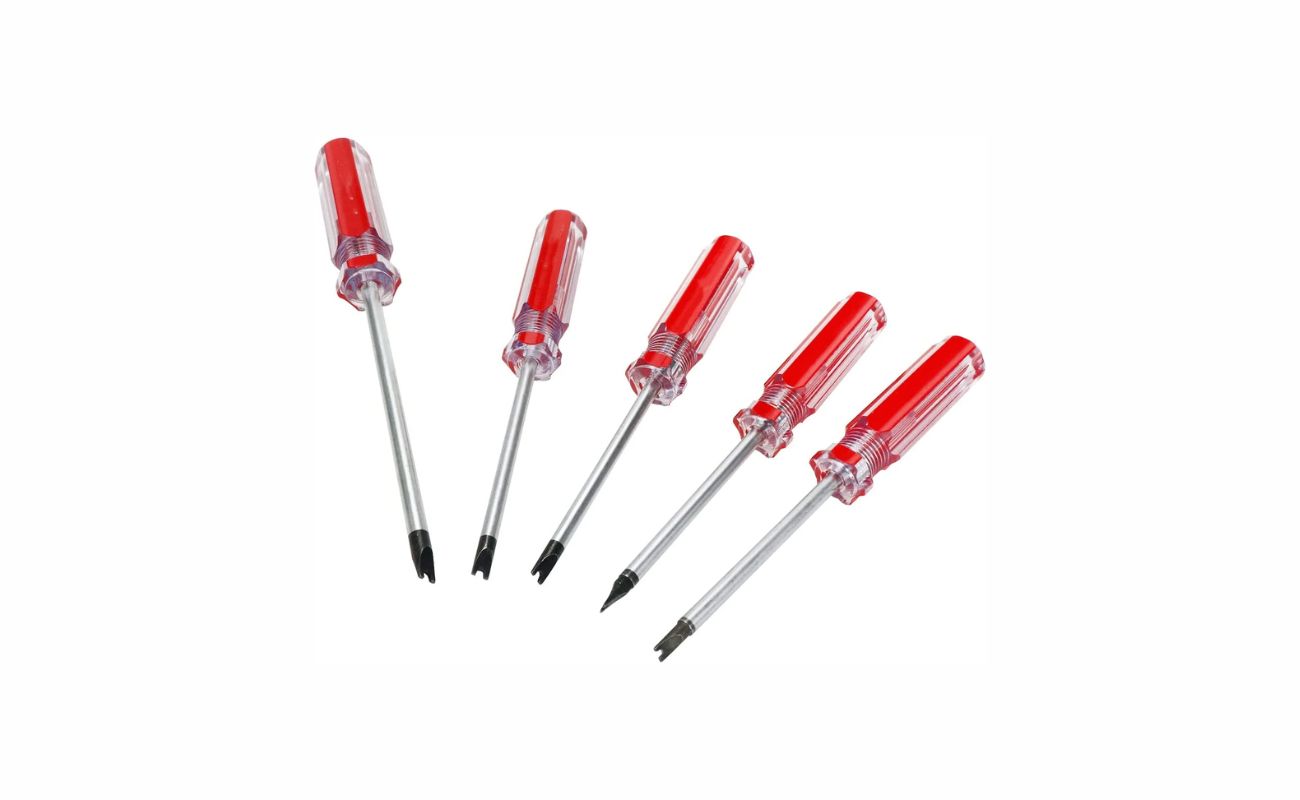

Tools & Equipment
Which Screwdriver Has The Greatest Number Of Contact Points
Modified: January 9, 2024
Discover the screwdriver with the highest number of contact points and improve your toolbox with the best tools and equipment. Explore our comprehensive guide now!
(Many of the links in this article redirect to a specific reviewed product. Your purchase of these products through affiliate links helps to generate commission for Storables.com, at no extra cost. Learn more)
Introduction
When it comes to the world of tools and equipment, the humble screwdriver holds a special place. This unassuming yet essential tool comes in various shapes and sizes, each designed for specific tasks. One of the critical aspects to consider when evaluating screwdrivers is the number of contact points they feature. The contact points, also known as the "wings" or "flats," are the surfaces that provide grip and transfer torque from the screwdriver to the screw.
Understanding the significance of contact points is crucial for both professionals and DIY enthusiasts. The design of a screwdriver's tip directly impacts its effectiveness in turning screws without slipping or causing damage. In this article, we will delve into the concept of contact points, explore the different types of screwdrivers, and compare their contact point configurations to determine which screwdriver boasts the greatest number of contact points. Let's embark on this insightful journey to unravel the mysteries of screwdriver design and functionality.
Key Takeaways:
- Screwdrivers with four-point contact configurations, such as Torx and hex screwdrivers, offer superior stability and torque distribution, making them ideal for demanding fastening tasks.
- Understanding the number and configuration of contact points empowers individuals to select the most suitable screwdriver for their projects, ensuring precision and reliability in various applications.
Read more: What Are The 3 Points Of Contact On A Ladder
Understanding Contact Points
Before we compare the contact points of various screwdrivers, it’s essential to grasp the significance of these critical components. Contact points are the flat surfaces located at the tip of a screwdriver. They are designed to fit into the corresponding slots on a screw, providing a secure grip and enabling the application of torque to drive or extract the screw.
The number of contact points directly influences the stability and torque-transferring capability of the screwdriver. Typically, screwdrivers feature either two or four contact points, with the latter offering enhanced stability and torque distribution. The shape and arrangement of these contact points vary based on the type of screwdriver, with each design catering to specific screw head configurations.
Furthermore, the material and precision of the contact points play a pivotal role in preventing slippage and minimizing wear on both the screw and the screwdriver. High-quality screwdrivers boast precisely machined and hardened contact points to ensure a snug fit and optimal torque transfer. Understanding the importance of these minute yet crucial details empowers users to select the most suitable screwdriver for their intended applications.
By comprehending the role of contact points in screwdriver functionality, individuals can make informed decisions when choosing the right tool for their projects. Now that we have established the significance of contact points, let’s explore the various types of screwdrivers and their unique characteristics.
Types of Screwdrivers
Screwdrivers come in a diverse range of types, each tailored to accommodate specific screw head designs and application requirements. The most common types of screwdrivers include:
- Flat-Head Screwdriver: Also known as a slotted screwdriver, this classic tool features a flat, single-bladed tip that aligns with the straight slot on a screw head. Flat-head screwdrivers are widely used for general-purpose applications and are available in various sizes to accommodate different screw dimensions.
- Phillips Screwdriver: Recognizable by its cross-shaped tip, the Phillips screwdriver is designed to turn screws with corresponding cruciform slots. This type of screwdriver is prevalent in many industries and household settings due to the widespread use of Phillips-head screws.
- Torx Screwdriver: Torx screwdrivers are equipped with a six-pointed star-shaped tip, specifically tailored for Torx screws. These screws are commonly found in electronics, automotive applications, and certain machinery, requiring a Torx screwdriver for secure and efficient fastening and loosening.
- Hex Screwdriver: Also referred to as an Allen wrench or key, the hex screwdriver features a hexagonal tip, suitable for driving screws with hexagonal sockets. Hex screwdrivers are extensively used in furniture assembly, bicycle maintenance, and various mechanical and construction tasks.
- Ratchet Screwdriver: This innovative screwdriver incorporates a ratcheting mechanism, enabling continuous rotation in one direction while preventing backward motion. Ratchet screwdrivers are prized for their convenience and efficiency, particularly in tight or obstructed spaces.
Each type of screwdriver is engineered to accommodate specific screw configurations, emphasizing the importance of selecting the appropriate tool for a given task. Now that we have explored the common types of screwdrivers, let’s proceed to compare the contact points of these tools to identify the screwdriver with the greatest number of contact points.
A screwdriver with a Phillips head has the greatest number of contact points, typically 4 or more, which helps prevent slipping and provides better grip when turning the screw.
Comparing Contact Points
Now, let’s delve into the comparison of contact points among various types of screwdrivers to determine which one boasts the greatest number of contact points. This analysis will shed light on the design intricacies of each screwdriver type and their respective capabilities in providing stability and torque transmission.
Flat-Head and Phillips screwdrivers typically feature two contact points, strategically positioned at the edges of the tip. These contact points align with the corresponding slots on flat-head and Phillips screws, allowing for effective torque application and rotational control. While these screwdrivers are fundamental tools in many toolkits, their two-point contact design may limit their ability to withstand high torque levels and prevent slippage, especially when dealing with stubborn or tightly fastened screws.
In contrast, Torx and hex screwdrivers are renowned for their four-point contact configurations. The additional contact points contribute to enhanced stability and torque distribution, making these screwdrivers well-suited for demanding applications that require increased rotational force and resistance to slippage. The presence of four contact points allows for a more secure grip on the screw, minimizing the risk of cam-out and ensuring efficient power transfer during tightening or loosening operations.
Furthermore, ratchet screwdrivers, while available in both two-point and four-point contact designs, often incorporate ratcheting mechanisms to facilitate continuous and controlled rotation. This feature enhances user comfort and productivity, particularly in scenarios where repetitive screwdriving tasks are involved.
By comparing the contact points of these screwdriver types, it becomes evident that Torx and hex screwdrivers, with their four-point contact configurations, offer superior stability and torque transmission compared to flat-head and Phillips screwdrivers. The increased number of contact points equips these tools to handle challenging fastening tasks with precision and reliability.
As we conclude our exploration of screwdriver contact points, it is essential to recognize the impact of these design elements on the overall performance and versatility of screwdrivers across various applications. The configuration of contact points directly influences a screwdriver’s ability to engage with screws securely and effectively, making it a crucial factor to consider when selecting the most suitable tool for a specific task.
Conclusion
In conclusion, the world of screwdrivers encompasses a diverse array of types, each tailored to accommodate specific screw head designs and application requirements. The number and configuration of contact points at the tip of a screwdriver play a pivotal role in determining its stability, torque-transferring capability, and overall performance. Understanding the significance of contact points empowers individuals to make informed decisions when selecting the most suitable screwdriver for their projects.
Through our exploration, we have gained valuable insights into the contact point configurations of various screwdriver types. While flat-head and Phillips screwdrivers typically feature two contact points, Torx and hex screwdrivers stand out with their four-point contact designs, offering enhanced stability and torque distribution. Additionally, the innovative ratchet screwdriver, available in both two-point and four-point contact configurations, incorporates a ratcheting mechanism for seamless and controlled rotation, further enhancing user convenience and efficiency.
By comprehensively comparing the contact points of these screwdriver types, we have identified the Torx and hex screwdrivers as the frontrunners in terms of contact point quantity and stability. Their four-point contact configurations equip them to handle demanding fastening tasks with precision, reliability, and resistance to slippage, making them valuable assets in both professional and DIY settings.
As we navigate the realm of tools and equipment, it becomes increasingly evident that the nuanced design elements of screwdrivers significantly impact their functionality and effectiveness. Whether it’s the classic flat-head and Phillips screwdrivers or the specialized Torx, hex, and ratchet screwdrivers, each type offers unique advantages based on its contact point configuration and intended applications.
With a deeper understanding of screwdriver contact points and their implications, individuals can approach their projects with confidence, knowing that they have selected the most suitable tool for the task at hand. As we continue to explore the intricacies of tools and equipment, may this knowledge guide us in harnessing the full potential of screwdrivers and other essential tools, enabling us to tackle diverse projects with precision, efficiency, and a touch of craftsmanship.
Frequently Asked Questions about Which Screwdriver Has The Greatest Number Of Contact Points
Was this page helpful?
At Storables.com, we guarantee accurate and reliable information. Our content, validated by Expert Board Contributors, is crafted following stringent Editorial Policies. We're committed to providing you with well-researched, expert-backed insights for all your informational needs.

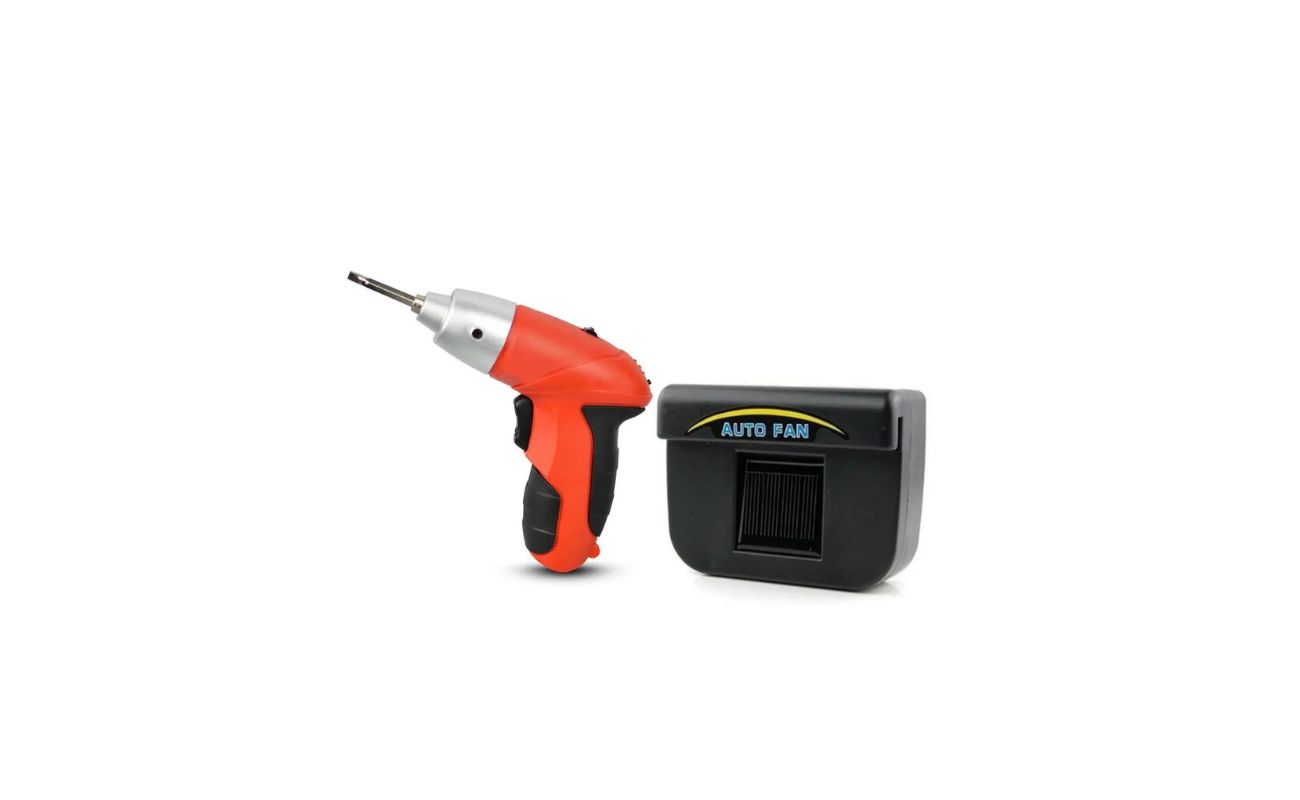
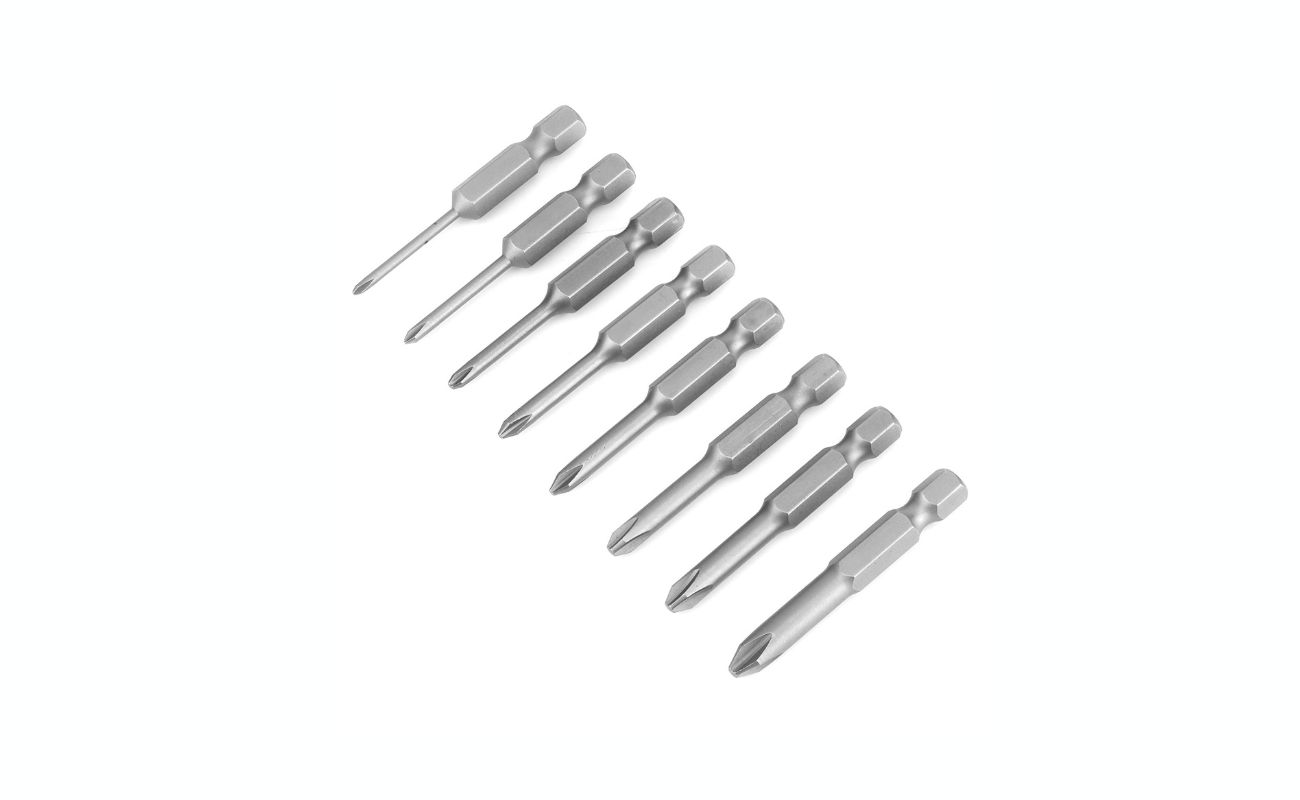








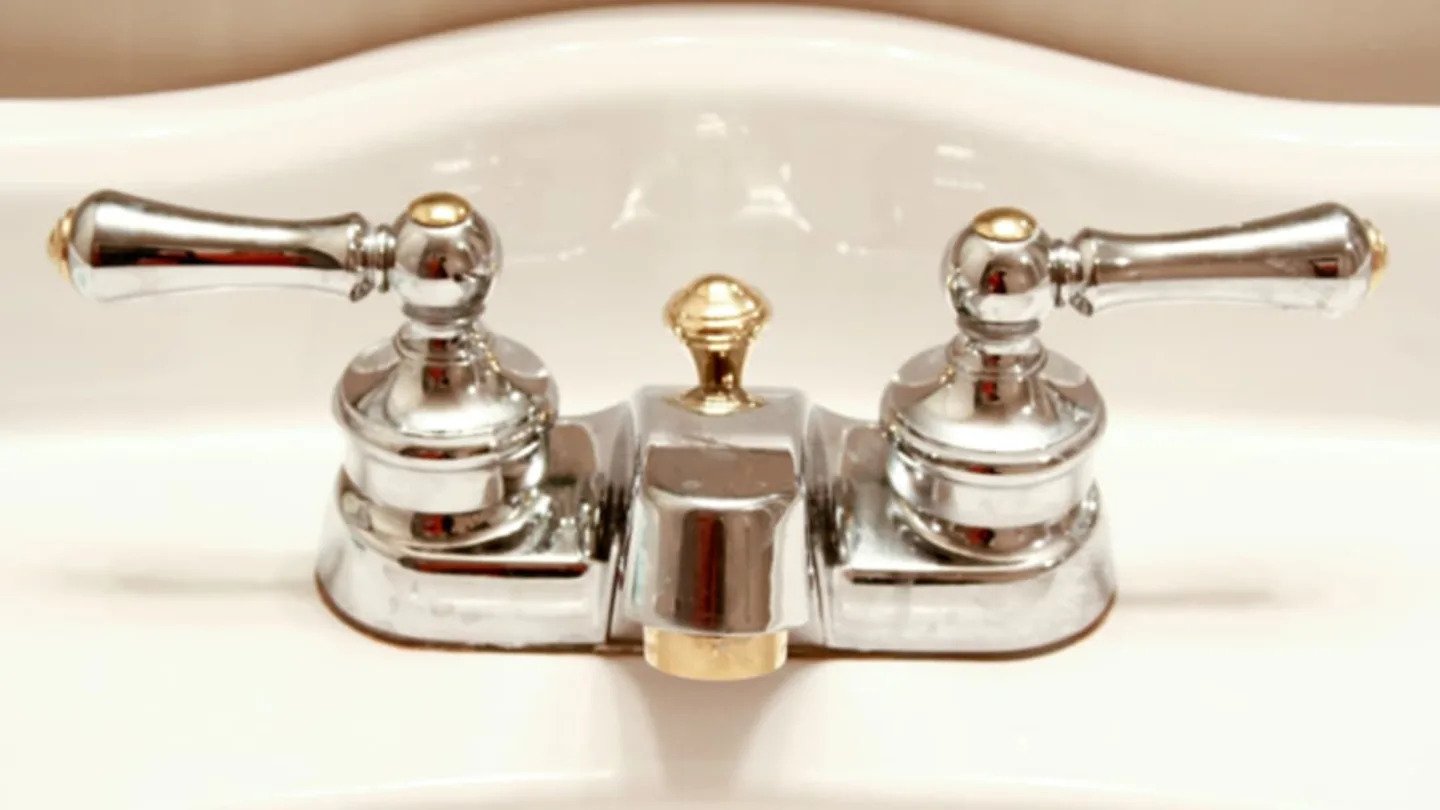

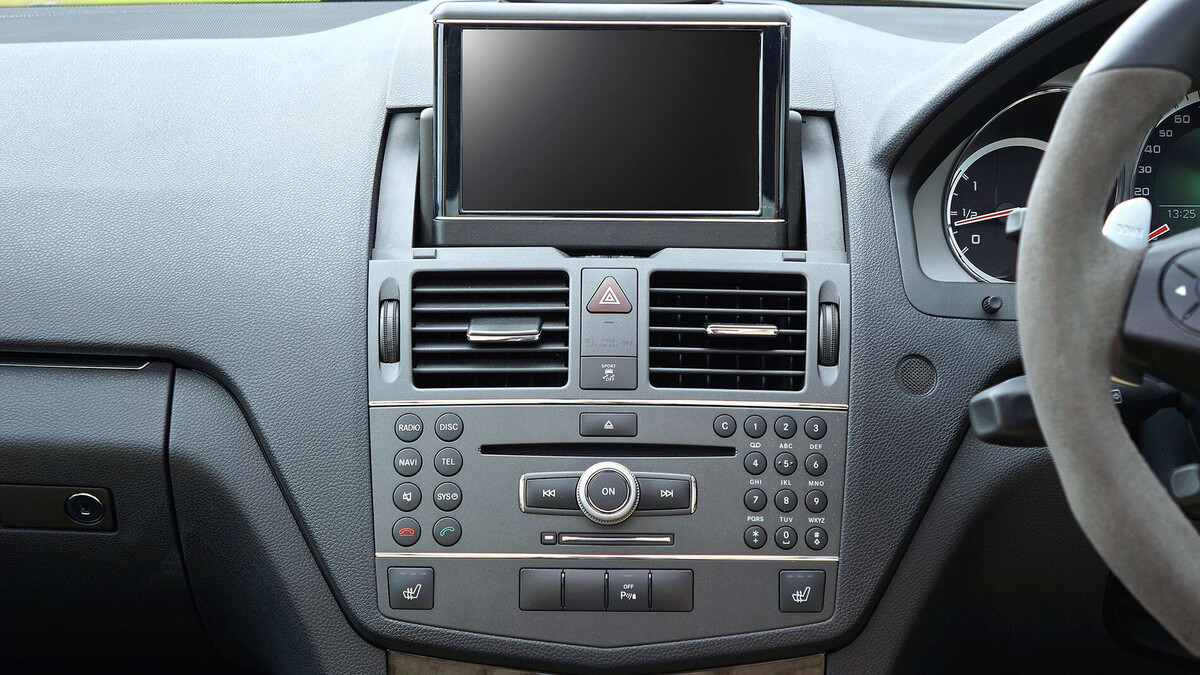


0 thoughts on “Which Screwdriver Has The Greatest Number Of Contact Points”